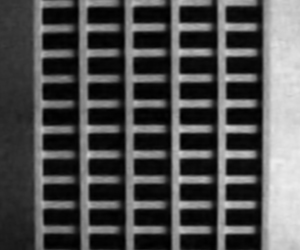Ether 21 Ether is the Medium of Self-Negation


If achieving a state of oneness with capital is architecture’s fantasy, what better place for this to happen than at One Wilshire? If architecture is to become capital, it will do so by becoming ether. This is only possible when architecture loses all sense of intrinsic value and enters into a pure system of exchange.
Technology allows architecture to dissociate itself from any specific interior condition and to become one with ether. Through symbol libraries and the magic of the .dxf import command, it has become possible for architectural plans to reproduce at will. The toilet rooms from Frank Gehry’s signature building, the Guggenheim Museum at Bilbao, can be copied onto a CD-ROM by an intern to endlessly re-appear in schools of architecture worldwide, their first role in life irrelevant and forgotten. In this light, the prevalence of the computation-intensive blob in the academy is revealed as the product of fear, a desperate attempt to reintroduce the hand and slow down architectural production just at the moment that as it threatens to proliferate wildly, allowing architecture to become pure ether.
One Wilshire has no such fear. Created before the dawn of computer-aided design, it transcends architecture as pure diagram and pure Idea. Endlessly replicable, there is no limit to its potent reach. It is the architectural realization of Hegel’s Spirit itself. One Wilshire is a masterpiece of terror. It is an architecture of pure self-negation, simultaneously real and virtual, visible and unseen. One Wilshire is the palace for the empire of ether.